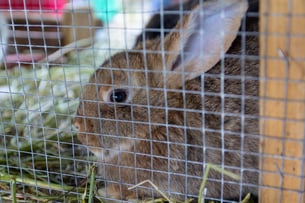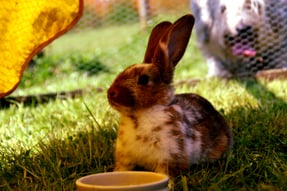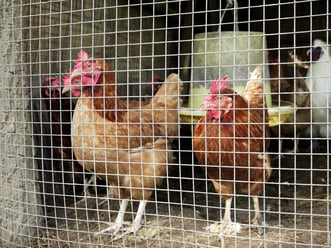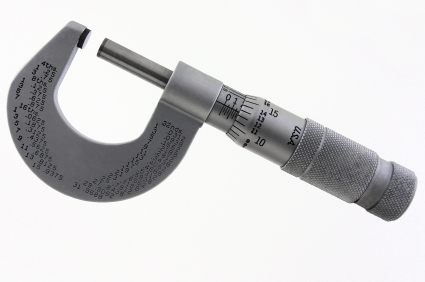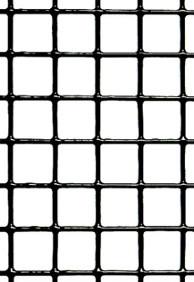A Safe Cage for Your Rabbit
Safety is the most important priority when building and buying rabbit cages. We specifically sell and recommend materials that keep rabbits safe. This article includes information on ready-made rabbit cages shipped from Pennsylvania. It also includes two materials that are safe for building your own rabbit cages from scratch:
1. Baby Saver
Customized Rabbit Cages: DIY Rabbit Cage Materials
The Baby Saver (or Protecting Your Kit)
Baby Saver is designed specifically for protecting kits (baby rabbits) in rabbit cages. Unlike standard welded wire mesh which has a 1” x 2” mesh for the entire width, this wire mesh has a ½” x 1” mesh for the bottom 4” which prevents kits from falling or being pulled through the cage. Even though baby saver wire is more expensive than the standard wire used for rabbit cages, the cost is more than worth it to prevent the loss of kits. After all, what good is a rabbit cage if it does not protect the kits?
Baby saver is welded from 14 gauge wire and is available in both GAW (Galvanized After Weld) and GBW (Galvanized Before Weld) finish. The GAW wire will last far longer than the GBW. After the welding process, the mesh is drawn through a bath of molten zinc. The weld spots and wires are thoroughly protected from rust and corrosion. Although more expensive initially, you will save the expense and hassle of replacement.
Dimensions and Planning
Rolls are 18” x 100’. The bottom 4” has a mesh opening of ½” x 1” and the top 14” has a mesh opening of 1” x 2”. It is made of 14 gauge galvanized steel wire for strength and security. Protect your kits from untimely death by choosing baby saver wire so you and your rabbits can enjoy peace of mind! Your Mama rabbits will thank you!
Welded Wire Mesh: Various Possibilities
Although Baby Saver is specified for rabbit cages, there are other options. You can get creative and use what is generally known as welded wire mesh. Welded wire mesh can be used to make rabbit cages and hutches in all shapes in sizes. In other words, you can customize your cages in any way you want. Welded wire mesh in the 16 gauge, ½" x 1" is the ideal mesh size to use for flooring. Widths available - 12", 15", 18", 24", 30", 36", 48", 60" and 72". Galvanized After Weld finish is recommended due to its ability to stand up to the corrosive effects of rabbit urine. The 14 gauge, 1" x 2" mesh is the perfect size for the sides and top. Galvanized Before Weld wire can be used for these panels to save money if needed. These products will keep your rabbits (and other small animals) safe and secure.
Remember that domesticated rabbits have lost some of their ability to cope with life outside and it is preferable that they are kept indoors. A hutch left outside is vulnerable to attack by predators; for example, a raccoon can reach in and do damage. It also must be noted that simply the approach of a predator can cause a heart attack as a rabbit has no capacity to run or hide. Such as in this questionable scenario:
If you have other animals, other meshes are also available that can be used to make cages and pens for larger animals such as:
- Apron fence for beagle training pens
- Woven diamond mesh and 2" x 4" mesh for horses
- Woven deer and wildlife fence
Be sure to check the Louis Page website for sourcing a huge variety of animal enclosures.

